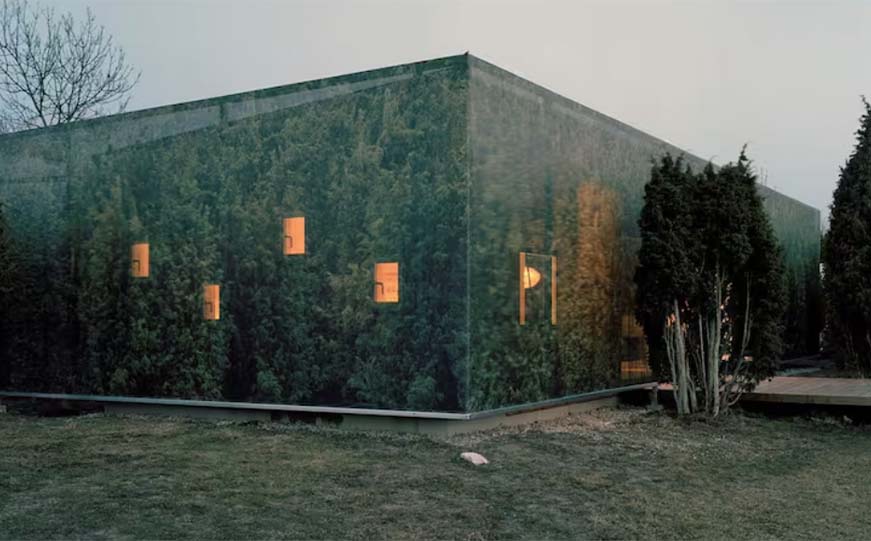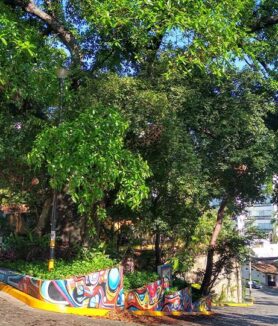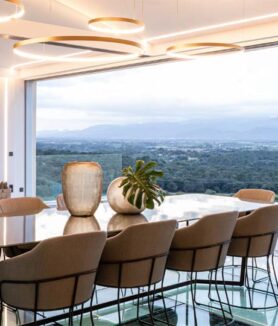La textile architecture, also known as tensile membrane architecture, has emerged as an innovative discipline that challenges traditional notions of construction. This pioneering practice employs high-strength fabrics and tensioning techniques to create lightweight, durable, and structures..
Unlike conventional rigid materials, fabrics offer unprecedented flexibility, allowing architects to explore organic and fluid forms. From imposing stadiums to temporary structures, the design possibilities are endless. Natural light becomes a fundamental element, filtering through the membranes and bathing the interior spaces with diffuse and warm lighting..
Technological Innovation
Advances in textile technology have driven the development of increasingly strong and versatile materials. Coated fabrics, synthetic fibers, and composite membranes endow structures with waterproof, fireproof and , and UV-resistant properties. This combination of functionality and aesthetics makes them an attractive option for a wide range of applications.


Sustainability in Design
La textile architecture aligns with the principles of sustainable construction. The manufacture of membranes requires less energy and resources compared to traditional materials, reducing environmental impact. Additionally, the transparency of the structures allows for the use of natural light, diminishing the need for artificial lighting..
Versatile Applications
Textile architecture transcends the limits of conventional construction, finding applications in diverse fields:
- Sports structures: Stadiums, sports halls, and pool covers benefit from the spaciousness and natural acoustics offered by tensile membranes.
- Unique buildings: Airports, shopping malls, and cultural spaces find in textile architecture an ideal canvas for creating avant-garde and eye-catching designs.
- Temporary structures: Events, exhibitions, and temporary shelters benefit from the quick assembly and disassemblyas well as the versatility of textile structures.

The future of textile architecture
La textile architecture se posiciona como una fuerza transformadora en el panorama arquitectónico actual. Su potencial para crear espacios innovadores, sostenibles y estéticamente impactantes la convierte en una invaluable tool for the architects of the future. As technology continues to advance, we can expect to see even more impressive and challenging textile structures that will redefine the concept of habitable space..












